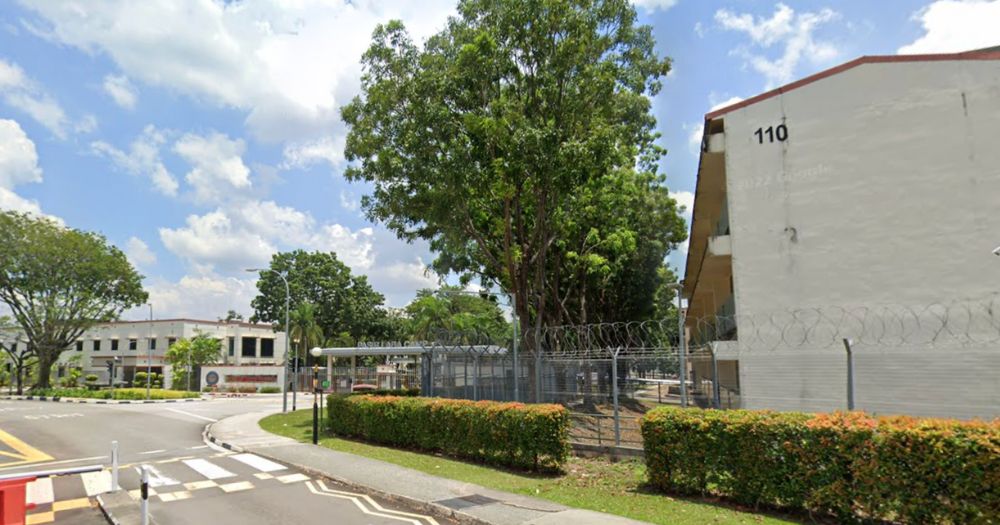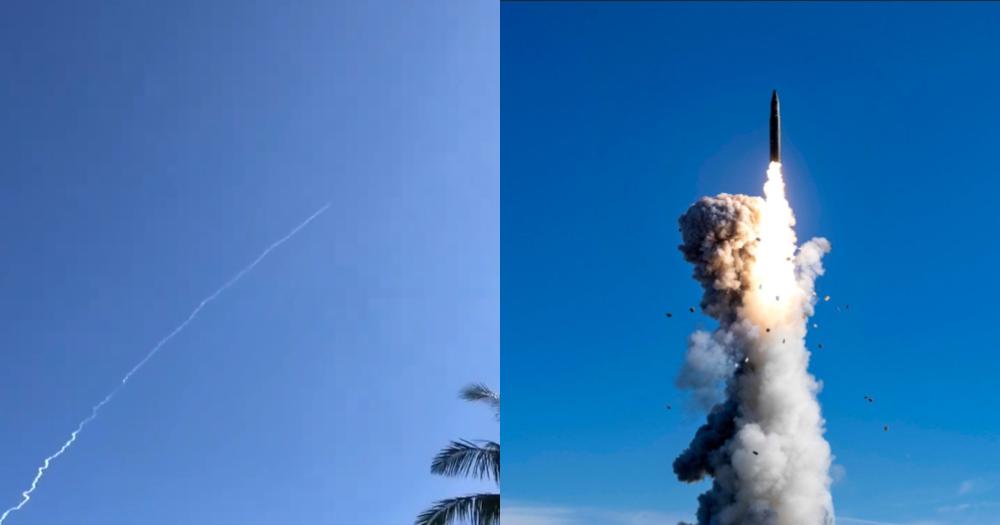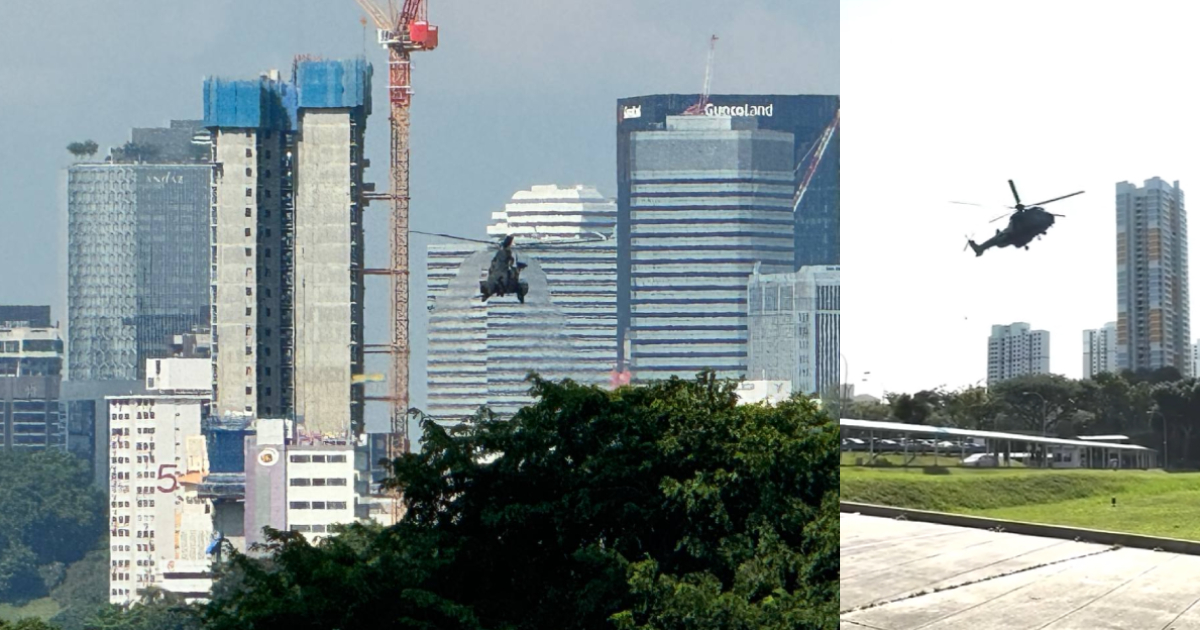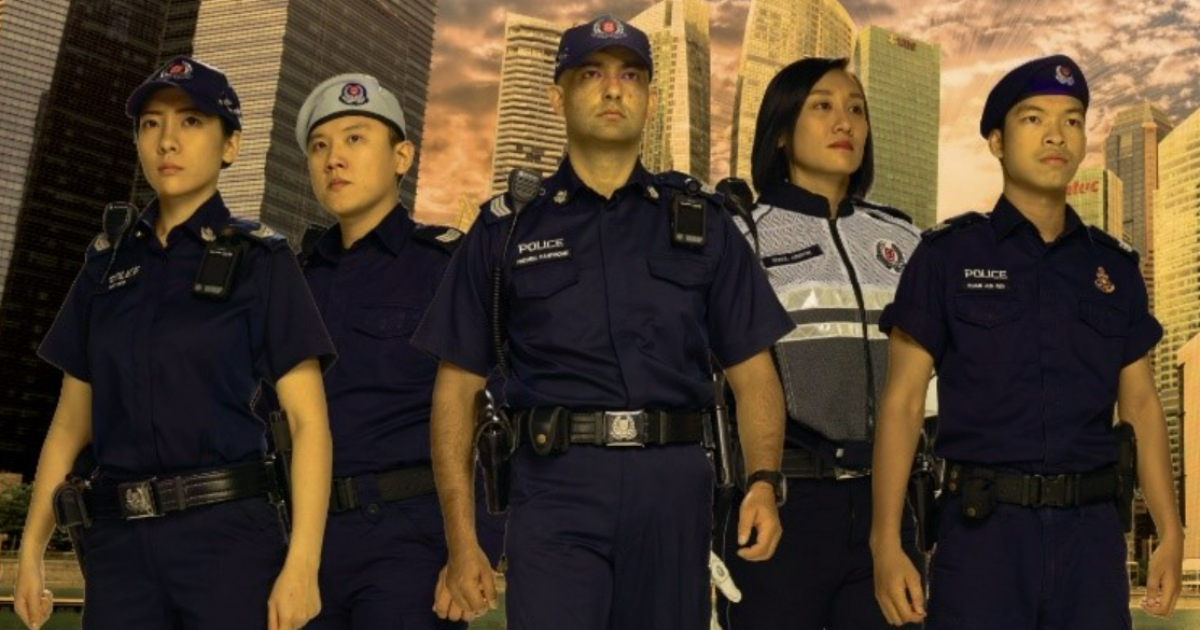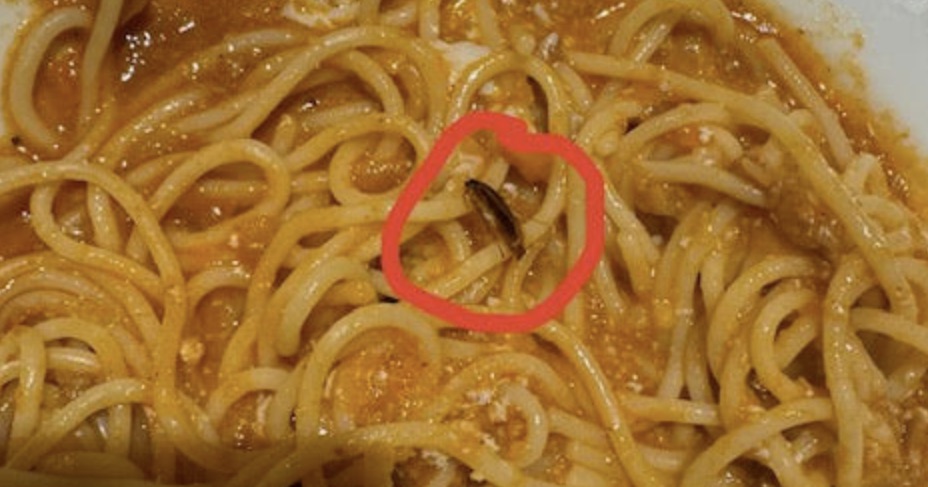Long-term effects of oil spill on biodiversity & habitats may only show up later: Desmond Lee
In the case of an oil spill in 2010, seagrasses and coral reefs at Tanah Merah started recovering after a year.
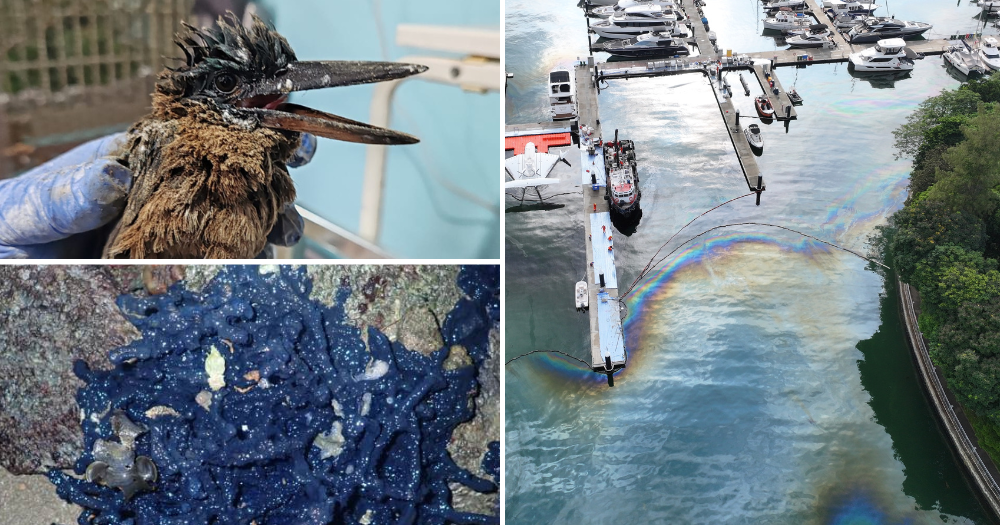
While Singapore is moving onto the next phase of clean-up of the Pasir Panjang oil spill, there might be a time-lag when it comes to its impacts on local biodiversity.
It will thus take time for the government to assess its long-term environmental impact, Minister for National Development Desmond Lee stated during a press conference on Jun. 24.
The government has taken preventive measures like the deployment of booms to protect biodiversity-sensitive areas such as Chek Jawa Wetlands at Pulau Ubin, and Coney Island Park as well as Pasir Ris Park.
These areas have thus far been unaffected by the oil spill.
Volunteers have also been deployed at East Coast Park and West Coast Park to aid National Parks Board (NParks) staff in looking out for oil-slicked wildlife.
Wildlife, kingfishers in particular, drenched in oil were spotted when the oil spill first occurred.
Unfortunately, two of the four oil-slicked kingfishers rescued have died.
Nevertheless, Lee added that "prompt action and close cooperation with the nature community" has limited the impact of the oil spill on Singapore's coastal and marine biodiversity and habitats.
Long-term effects on sensitive species
Lee added that the oil spill situation "remains dynamic", and some of the impacts on biodiversity and habitats may only show up later.
The effects on sensitive species such as corals, seagrasses and sea stars may only become visible weeks or months later, such as during spawning periods.
Lee recalled the last major oil spill impacting Chek Jawa in 2017, and noted that while Singapore's habitats are "relatively resilient", recovery still took a few months.
In the case of an oil spill in 2010, seagrasses and coral reefs at Tanah Merah started recovering after a year.
Conducting surveys to monitor impact
Lee revealed that he recently held a closed-door discussion with representatives from 30 nature and community groups, organisations and Institutes of Higher Learning, together with Baey Yam Keng, Senior Parliamentary Secretary in the Ministry of Sustainability and the Environment and the Ministry of Transport.
The government will be working closely with these partners in the next phase of managing the oil spill.
Intertidal and subtidal surveys, and biodiversity impact surveys, will be conducted at affected sites.
Marine experts as well as volunteers from the Friends of Marine Park, along with NParks, are involved in surveys on St John’s Island and Lazarus Island to track the impact of the oil spill on biodiversity.
Additionally, experts from the National University of Singapore, Nanyang Technological University and St John’s Island National Marine Lab, have commenced surveys at the Southern Islands and Labrador Nature Reserve.
Meanwhile, Mandai Wildlife Group, Singapore Veterinary Association, Acres, and the S.E.A. Aquarium who have a pool of veterinarians will be supporting wildlife rescue and rehabilitation efforts.
The Bird Society of Singapore and Otter Watch will also help educate the public on the dos and don'ts when spotting oil-slicked wildlife.
"We will sustain these efforts jointly over the next few months, and check-in regularly with our partners along the way to take stock of our progress and our findings," Lee said.
Top photo from Acres, Ria Tan / FB and MPA
MORE STORIES







